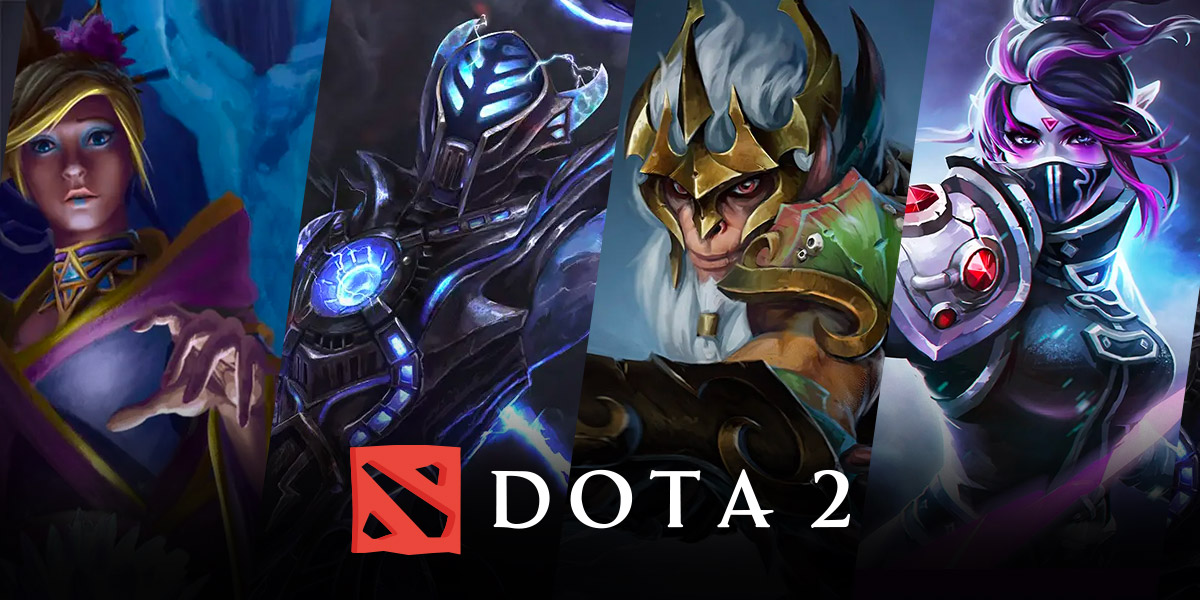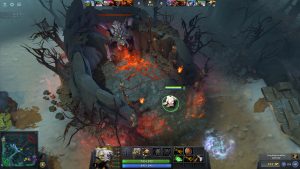Unleashing the Power of MMR Recalibration in Dota 2
Welcome, fellow gamers, to our GAMING category! Today, we dive into the intriguing world of Dota 2 and explore the secrets of MMR recalibration. If you’ve ever wondered how this process works and its impact on your gaming experience, you’re in the right place! Let’s embark on this journey and unlock the mysteries of MMR recalibration.
Key Takeaways:
- MMR recalibration is a process in Dota 2 that allows players to have their matchmaking rating adjusted after a period of time.
- It provides players with an opportunity to evaluate their skills and potentially improve their rank in the game.
First, let’s understand what MMR is in the context of Dota 2. MMR, or Matchmaking Rating, is a numerical value that determines a player’s skill level in the game. It’s a reflection of your performance in matchmaking games and serves as a basis for matching you with players of similar skill levels. The higher your MMR, the more adept you are in the game.
Now, let’s delve into the process of MMR recalibration. Valve, the developer of Dota 2, periodically provides players with an opportunity to recalibrate their MMR. During this period, players can recalibrate their ranked matchmaking rating by playing a series of calibration games. These games are typically more impactful than regular matchmaking games and have a significant effect on recalibrating your MMR.
So, how does the recalibration process work? Here’s a step-by-step breakdown:
- Step 1: Completion of Calibration Games: To start the recalibration process, players must complete a set number of calibration games. The exact number may vary from season to season but is typically around 10 games.
- Step 2: Performance Evaluation: Valve assesses a player’s performance in these calibration games, taking various factors into consideration, such as win rate, individual contribution, and performance compared to other players.
- Step 3: Adjustment of MMR: Based on the evaluation, Valve recalibrates the player’s MMR. If the player performs exceptionally well, their MMR may increase significantly. Conversely, if their performance is below expectation, their MMR may decrease.
- Step 4: New Rank Placement: After the recalibration process, players are assigned a new rank corresponding to their updated MMR. This new rank reflects their current skill level and serves as a benchmark for further matchmaking.
Now that we know how MMR recalibration unfolds, let’s explore its significance. Here are two key takeaways:
- Opportunity for Improvement: MMR recalibration offers players a chance to reassess their skills and work towards improving their rank. It acts as a motivation for individuals to aim higher and challenge themselves in the Dota 2 arena.
- Evolving Matchmaking: Through MMR recalibration, Valve ensures that the matchmaking system stays dynamic and adaptive. It enables the game to match players more accurately, providing a more balanced and enjoyable gaming experience.
So, there you have it, a comprehensive guide to understanding MMR recalibration in Dota 2. Whether you’re a seasoned player or just starting your journey, the recalibration process can offer you a fresh start and a chance to elevate your gameplay. Embrace the challenge, hone your skills, and conquer the Dota 2 battlefield!

























